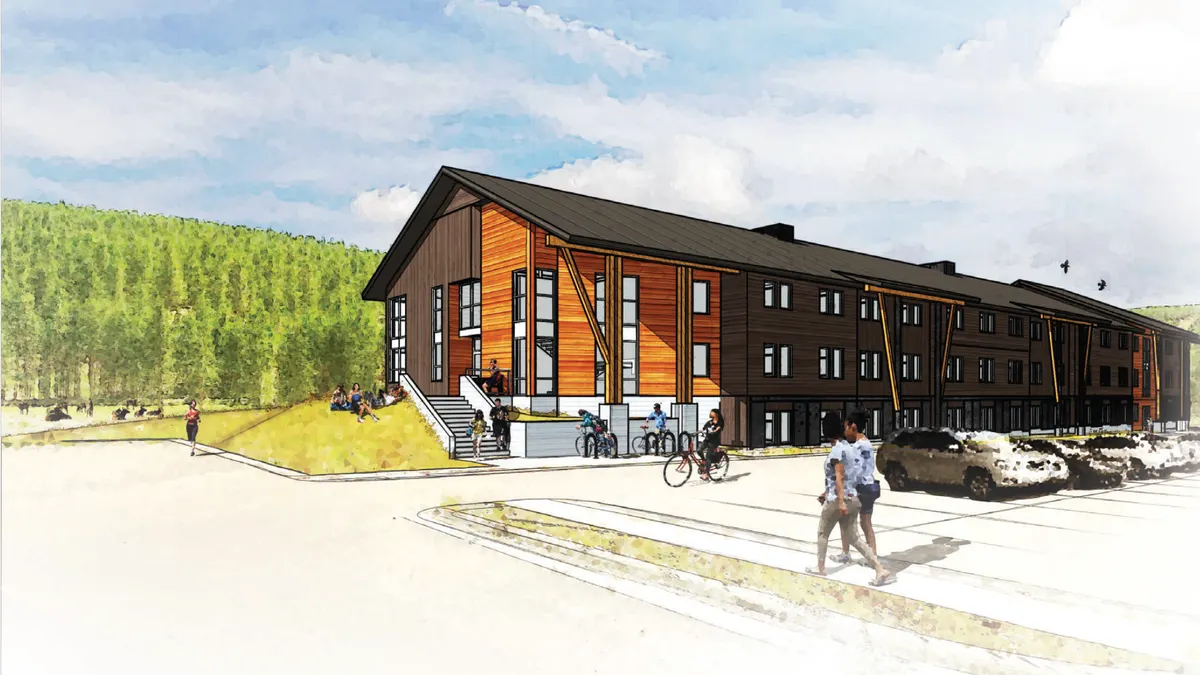The West Coast rental markets have been much beleaguered throughout the coronavirus pandemic. The Southeastern metros exploded and other cities have fully recovered from 2020, but San Francisco, for instance, still hasn’t passed 2020 rent levels.
“People were moving out of the city to have a better lifestyle,” said Vanessa Siebern, senior vice president covering Northern California and the Pacific Northwest for Folsom, California-based FPI Management, the fifth largest manager in the country. “They didn't have to live in the urban core and report to an office. So they were moving to areas that offered lower rent and better quality of life.”
Siebern points out that in Lake Tahoe it’s now hard to find a house because the demand for rental properties didn’t diminish so much as shift locales. “Everybody just moved from the city to the mountains, which is great for those economies,” she said. “But, at the same time, it’s not great for the Bay Area cities.”
But don’t count the Bay Area out yet. Occupancy started returning last fall, according to RealPage. And Siebern ultimately thinks the housing market will strengthen throughout California.
“California is always going to have demand that will outpace supply. Because of the pandemic, we've seen delays in some of our deliveries of new products, like appliances, and even building costs going up,” she said. “So there's going to still be a supply-and-demand issue that we have to continue to weather through in this market.”
Here, Siebern talks with Multifamily Dive about the company’s West Coast markets, its biggest challenges and how it is dealing with labor issues.
This interview has been edited for brevity and clarity.
MULTIFAMILY DIVE: Which of your markets were hit the hardest by the pandemic?
Vanessa Siebern: The Bay Area got hit hard, especially in Oakland, San Francisco and the tech business areas like the South Bay. We saw a lot of movement there.
Many of our corporate rentals backed out, which was difficult to manage because they just didn't have people reporting to offices anymore. That was a challenge that we definitely managed through.
But Sacramento, California, (where The Eisley, pictured above, is located) remained stable the whole time and did well, which was impressive to us. In 2010, Sacramento was hit hard. We're seeing significant growth there in the core and surrounding markets.
How have Portland, Oregon, and Seattle performed?
They are back to pre-pandemic [rent levels] and solid. We've actually seen a lot of investment go into those markets and we've been growing in those markets. We took on 20 buildings in Seattle and Portland just by organic growth during the pandemic.
What is your biggest challenge?
The struggle is real with staffing. We've thought about every outside-of-the-box idea. We just don't have the bodies.
How are you dealing with that? Are you using automation?
We have been operating with skeleton crews in some cases. We're getting creative with office hours and looking to technology to do things that have traditionally been done in person. We've also done a lot to enhance our online leasing process.
With your significant presence in West Coast markets like Sacramento, Seattle, and Portland, can you share maintenance staffers across properties?
Because of our size, we have strength in numbers: We’re able to borrow staff and share them between multiple properties. That's helped us through the staffing challenges.
In specific markets like Sacramento, Seattle, Oakland and Portland, we were able to leverage our size compared to some of our competitors, who don't have that strength in numbers.
How has the pandemic changed your maintenance practices?
We're trying to streamline maintenance as much as possible and make it on an as-needed or emergency basis for a lot of things because people don't want maintenance staff in their homes. We're only going in if we have to.
Click here to sign up to receive multifamily and apartment news like this article in your inbox every weekday.









